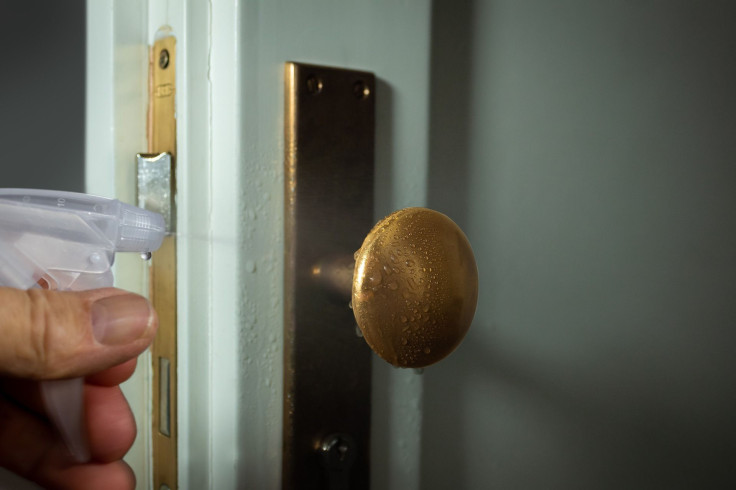Disinfecting Surfaces Against COVID-19 Often For Show And May Be Harmful, CDC Says
KEY POINTS
- A CDC official said disinfecting surfaces against COVID-19 has "minimal impact"
- It may give people a "false sense of security"
- Often, cleaning with soap and water would suffice
Many people have been religiously disinfecting the surfaces in their homes, but is it really necessary? According to the Centers for Disease Control and Prevention (CDC), doing it excessively may be more harmful than beneficial.
The risk of getting COVID-19 through touching surfaces remains low, CDC Chief of Waterborne Disease Prevention Branch Vincent Hill said during a telephone briefing on Monday, CNN reported. The primary means of getting the virus, he said, is through direct contact with droplets.
But amid the pandemic, many people have resorted to frequently disinfecting surfaces in their homes, something that he said has "minimal effect" on transmission. What's more, such practices may actually be more harmful because it simply adds to the "hygiene theater."
"Putting on a show may be used to give people a sense of security that they are being protected from the virus, but this may be a false sense of security, if other prevention measures like wearing masks, physical distancing, and hand hygiene are not being consistently performed," Hill said as per CNN. "It also could make people feel less need to engage in these other important prevention measures."
Further, misusing disinfectants may also be dangerous as inhaling them, using them with bare hands or accidentally ingesting them may pose serious risks. According to Hill, calls to the poison control center were higher in 2020 compared to 2018 or 2019.
So what's the best way people can protect themselves? The risk, albeit small, is higher when indoors compared to outdoors where the sun can kill the virus, Hill said.
Moreover, CDC's recently updated guidelines on cleaning homes amid the pandemic noted that using a cleaner with detergent or soap may already suffice to decrease the risk of infection. Using such products may be enough to "weaken or damage" the virus particles, thereby decreasing the infection risk, the agency said.
"In most situations, cleaning alone removes most virus particles on surfaces," the CDC said. "Disinfection to reduce transmission of COVID-19 at home is likely not needed unless someone in your home is sick or if someone who is positive for COVID-19 has been in your home within the last 24 hours."
As the U.S. National Library of Medicine explained, cleaning removes dust, dirt and germs from surfaces using soap or detergent in water, while disinfecting entails using chemical disinfectants to kill germs.
When it comes to regular cleaning, it would be better if people would focus on "high-touch" surfaces such as doorknobs and countertops, the CDC said, adding that surfaces should be cleaned if they are visibly dirty and after accepting visitors at home.
The CDC also emphasized the importance of following the instructions on a disinfectant's label and wearing gloves when cleaning. People should also make sure that there's enough ventilation in the room and store the cleaning materials where pets and children won't be able to access them.
Essentially, cleaning or disinfecting may be part of the effort to prevent COVID-19, but it's not the only one. It should be done safely and along with other important prevention measures.

© Copyright IBTimes 2024. All rights reserved.






















